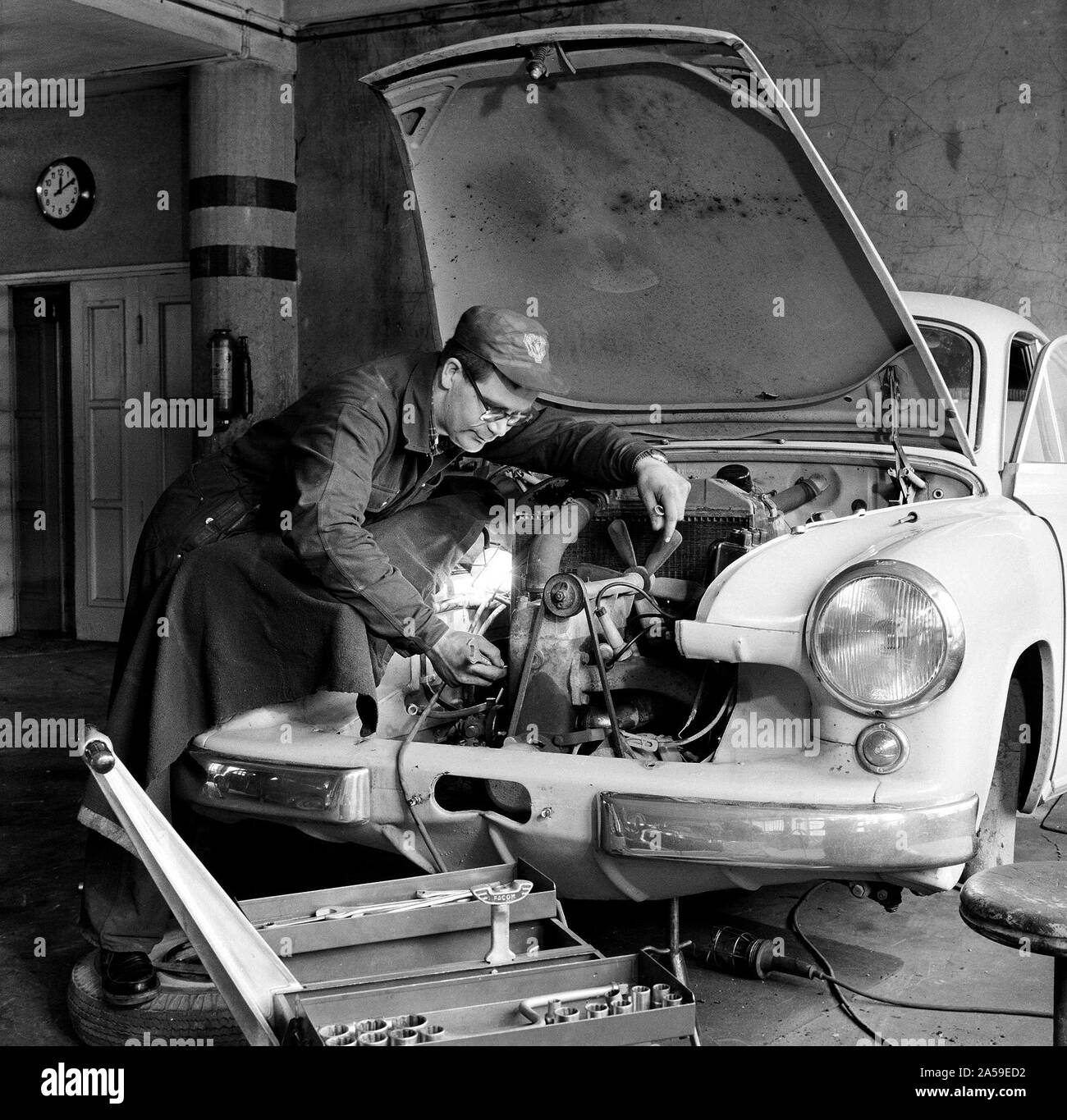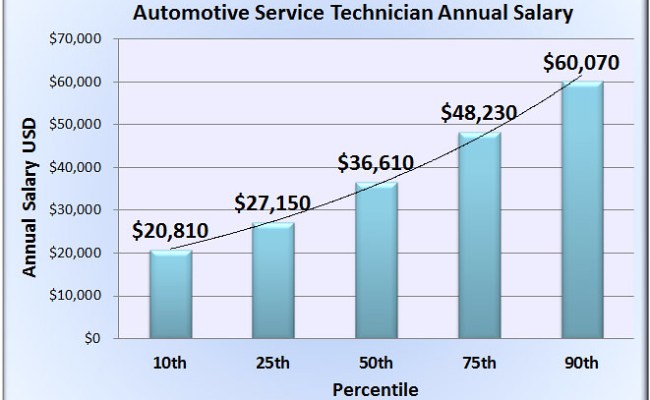
You may be curious about the tools needed to repair an auto. This article will provide information on the tools you will need, which parts of a vehicle may need replacing and what the cost of the tools. This article will help you to make your own automotive repairs. We also discuss safety precautions to avoid any damage to your vehicle. The following list will help you find the right tools to suit your needs.
You will need the following tools to do a DIY car fix
A basic tool kit is essential for every car owner. To perform many automotive repairs, car owners need to have sockets and ratchets. Buying a quality socket set is highly recommended. Sockets (small steel tools) are small tools that can hold nuts and bolts. They can then be removed and changed. It is important to have a quality socket set, as most vehicle parts are held together using bolts.
Most commonly used tools include a jack or hydraulic jack as well as a brake bleeding kit, code reader and a coder. A hydraulic jack and some jumper cables are also essential. You can use an acetylene torch for many different purposes. It can also be used to free stuck panels or remove rusted nuts. It can also be used to cut and remove any undercoating.

Common parts
A jack is an essential tool for performing automotive repairs yourself. You can remove your tire without damaging it. This tool also allows access to the underside. A jack can be used to change your oil, replace a radiator or do other automotive tasks. Listed below are the other common parts you'll need for car repairs.
Safety precautions
You should take safety precautions when doing any kind of car repair, regardless of how simple. These include wearing appropriate clothing and using protective gear while working on your car. Also, don't wear loose fitting clothes, as they can interfere with your work. You should never be able to reach the engine or work on your car while wearing protective gear. You should also keep all toxic chemicals out of reach of your eyes and mouth. You must dispose of all oil and other substances correctly to avoid fires and expose yourself to potential health risks.
Before beginning any repair, it is important to turn off the vehicle. As a safety precaution, it is important to keep your car in neutral. Never leave the engine running in a garage. Running a car's engine without removing keys is a dangerous move. If you do this, you could inflict serious injuries. This can be avoided by using sturdy gloves and solid jack stands. Good shop glasses will increase safety.
Tools costs
Repairing cars by yourself can be very expensive. But there are certain tools that are worth investing for specific purposes. Spark plug tools are necessary for changing, cleaning, or replacing spark plugs. Different vehicles require different versions of these tools, some of which use standard measurements, while others use metric measurements. This article will cover the most important tools you need to do DIY car repairs.

To store tools in your garage, you will need a toolbox. Although some toolboxes can be quite costly, you can still find affordable ones at estate sales or yard sales. Jack stands and safety glasses are other essential tools. You can also find special tools like torque wrenches or spanners and pliers. If you're not comfortable working on cars without protection, you can buy disposable nitrile gloves.
FAQ
Is it important which college I go?
You're wrong. There's no difference between colleges regarding getting into the automotive industry. Some schools have better programs than others, so you might want to look elsewhere if your goal is something more specialized.
What length of an automotive course is it?
An automotive course lasts for three years.
The first year of your training is devoted to theory. You will learn all about cars. The second year is dedicated to practical training, where you will learn how to fix cars, drive them, and do other jobs around the car. The last year of your training is spent on practical training, where you learn how to fix real-world problems.
What are the requirements for an automobile technician?
You must have completed high school or GED with good grades in maths and English. Also, you must be able read and write. After passing a written test, you will need to complete a series of practical tests before you are allowed to begin working.
What's the difference between a mechanic and an automotive technician?
Although they may be similar, they are not identical. A mechanic repairs cars while an automotive technician does maintenance on them.
A mechanic needs to be able and quick to use their manual dexterity. A mechanic should also be able accurately diagnose and repair problems.
An automotive technician needs to be more technically skilled than a mechanic. They must be able to read blueprints and use tools such as drills and wrenches.
They should be able safely to perform complex procedures. They should also be familiarized with the different types of engines as well as electrical systems.
They should also be able understand how different parts interact.
A mechanic typically earns less than an automotive technician. There are many job opportunities in both.
How long does a good mechanic take?
It takes years of practice and experience to become an expert mechanic. Working under the guidance of a professional mechanic is the best way to learn how repair cars.
You will need to spend some time in a garage to learn as much about cars and mechanics as possible. You'll need to study mechanical engineering books on mechanics and car design.
And you'll also need to attend auto school.
It's crucial to start as soon as possible. It doesn't matter if you're old or not to study automotive technology. If you want to qualify as a mechanic, get started now!
Statistics
- Apprentice mechanics earn significantly less hourly than mechanics who have completed training, with a median wage of approximately $14.50 an hour, according to PayScale. (jobhero.com)
- According to the BLS, the median annual salary for automotive service technicians and mechanics in the United States was $44,050 in May 2020. (uti.edu)
- According to the BLS, total auto technician employment is expected to exceed 705,000 by 2030. (uti.edu)
External Links
How To
How to correctly diagnose your vehicle for repairs
The symptoms of your vehicle are the first thing you need to look at in order to determine whether it is in dire need of repairs. These steps will help you diagnose your car properly.
-
Check engine lights. The dashboard light indicators, including the engine light, oil pressure gauge, battery light indicator, coolant temperature gauge and RPM gauge, should be checked. If they have been flashing for more days than usual, it could be a sign that something is wrong with the vehicle.
-
Take a look at the treads. If the tires are worn out, they could cause problems with handling and braking. Also, inspect the treads of your wheels. They should be smooth and clean. This can be done by removing the wheels from the vehicle and taking them off. Check the tread condition with a flashlight.
-
Check the level of brake fluid. You must keep track on the level of brake fluid in your vehicle. This ensures that your brakes work properly. Low brake fluid levels can cause brake failure when you apply pressure.
-
Make sure to test the suspension system. The suspension system in vehicles absorbs vibrations and shocks. It improves control and allows for smoother accelerations or decelerations. It might feel uncontrollable or wobbly if your vehicle is suffering from a suspension problem. To test whether your vehicle has a suspension issue, try putting weight on the front or rear axle and observe the movement.
-
Examine the steering column. The steering column connects the steering wheel to all other components of the vehicle. Steering columns can be damaged by accidents. It is recommended to replace any steering column that feels loose, or shakey.
-
Pay close attention to the exhaust tube. The exhaust pipes are responsible for moving gases from the combustion chamber into the atmosphere. Exhaust pipes that are cracked or leaking can allow harmful fumes to enter your cabin. It is also important to repair any bends in your tailpipe immediately.
-
Look under your hood. Take a look underneath the hood to find any strange or unusual items. You could have fluids leaking from the engine. In addition, if you notice an unusual smell coming from your engine compartment, you should contact a professional technician.
-
Check the air filter. Your vehicle's air filter collects dust and debris from the outside environment. Vehicles that have a dirty air filter will not run well. Replace your air filter regularly.
-
Check the fan belt. The fan belt is the link between the engine and the transmission. If the fanbel breaks, your engine won't turn. The process of replacing the belt is straightforward. You will need a screwdriver, pliers and a pair of pliers.
-
You should inspect the radiator and hoses. The radiator-hose carries water to the engine. It can cause hot liquid to leak onto the engine if it is damaged or cracked. To repair the leaky hose, all you need is a pair if needle-nosepliers.
-
Make sure you have the windshield wipers checked. Windshield wipers use electricity to clean away snow and rain. If they stop working they could leave streaks behind on your window glass. Simply change the washer oil to fix the problem.
-
The battery cables should be checked. Your car's electrical system is powered by batteries. If you are replacing batteries, disconnect the negative cord first. Failure to do so can damage your alternator.
-
You should check the headlights. Headlights are used to illuminate the road ahead. Poor visibility can result if the headlights don't function properly. Check the bulbs to see if they've burned out.
-
Always check your lights. If you approach other drivers at night, lights will warn them. It could cause distraction and even lead to an accident if it doesn't work.
-
Inspect your brakes. Before you have a collision, brakes slow down your car. If your brakes aren't working properly, you may lose control and crash into other cars.
-
Make sure to change the oil. Your engine will stay lubricated by the oil. It helps keep metal parts from getting too worn down. Changing the oil every month is recommended.